I am requesting that people who have signed up for You Can Cartoon at Tsuga, bring the following three items:
1) A sketch pad or sketch book, ideally not too tiny. So maybe 7" X 10" or larger.
2) Any pens, markers, or pencils, appropriate for the paper.
3) A ruler or straight edge. A cheap plastic 12" ruler from the school supply aisle = perfect.
One can use pretty much anything to draw with, from the thousands of options for pens, pencils, paper, and so forth. I like to avoid being pushy and particular about tools, on the one hand, because these things can be expensive.
However, it is a legit argument that the special "pop" and "pizazz" which interesting work has depends to a degree on the "right tool for the job".
As an example, a long-time popular brush that many cartoonists still covet is the legendary Winsor & Newton Series 7 sable. I use brushes pretty frequently and although I don't personally use the W&N Series 7s, I have a few Raphael 8404 sables, in sizes ranging from 0 to 2. If you can find any of these sable hair options, they'll usually set you back about 20$ or 30$.
HOWEVER...
Although sable hair has been a tried and true tool for cartoonists for many years, modern technology has provided us with many synthetic options which are quite acceptable, for a fraction of the cost. Not to spend all day on the subject of sable, the short version is this:
So called Sable hair, which is used to make the Raphael 8404 series, the Winsor & Newton Series 7, and many others, comes from the tail of the Siberian weasel. Global climate change has affected how these hairs grow on these critters and the import and export of the hair itself is sometimes slowed by various red tape involving permits. And, naturally, a lot of us do not wish to be exploiting animals for such things anyway. The best thing I can recommend to you, today, here in lovely Seattle, is to consult your nearby art supply retailer, ask for the cartoonists on the staff, and get their advice on acceptable synthetic alternatives. Believe me, there are still many, many people who will swear up and down that you have to have sable. That's fine and I respect their opinions, but until you're getting commissions and have money to blow on such things, skip them for now. If you find all of this fascinating and wish to learn more of the story, click on this link
Moving on...
There is a particular refillable brush pen which, while expensive compared to other brush pens, is significantly cheaper than sable brushes, is synthetic hair, maintains an excellent point, travels easily (it comes with a cap, like most other pens) and is one of my favorite items in my travel sketching bag.
I give you the Pentel Pocket Brush:
1) A sketch pad or sketch book, ideally not too tiny. So maybe 7" X 10" or larger.
2) Any pens, markers, or pencils, appropriate for the paper.
3) A ruler or straight edge. A cheap plastic 12" ruler from the school supply aisle = perfect.
One can use pretty much anything to draw with, from the thousands of options for pens, pencils, paper, and so forth. I like to avoid being pushy and particular about tools, on the one hand, because these things can be expensive.
However, it is a legit argument that the special "pop" and "pizazz" which interesting work has depends to a degree on the "right tool for the job".
As an example, a long-time popular brush that many cartoonists still covet is the legendary Winsor & Newton Series 7 sable. I use brushes pretty frequently and although I don't personally use the W&N Series 7s, I have a few Raphael 8404 sables, in sizes ranging from 0 to 2. If you can find any of these sable hair options, they'll usually set you back about 20$ or 30$.
HOWEVER...
Although sable hair has been a tried and true tool for cartoonists for many years, modern technology has provided us with many synthetic options which are quite acceptable, for a fraction of the cost. Not to spend all day on the subject of sable, the short version is this:
So called Sable hair, which is used to make the Raphael 8404 series, the Winsor & Newton Series 7, and many others, comes from the tail of the Siberian weasel. Global climate change has affected how these hairs grow on these critters and the import and export of the hair itself is sometimes slowed by various red tape involving permits. And, naturally, a lot of us do not wish to be exploiting animals for such things anyway. The best thing I can recommend to you, today, here in lovely Seattle, is to consult your nearby art supply retailer, ask for the cartoonists on the staff, and get their advice on acceptable synthetic alternatives. Believe me, there are still many, many people who will swear up and down that you have to have sable. That's fine and I respect their opinions, but until you're getting commissions and have money to blow on such things, skip them for now. If you find all of this fascinating and wish to learn more of the story, click on this link
Moving on...
There is a particular refillable brush pen which, while expensive compared to other brush pens, is significantly cheaper than sable brushes, is synthetic hair, maintains an excellent point, travels easily (it comes with a cap, like most other pens) and is one of my favorite items in my travel sketching bag.
I give you the Pentel Pocket Brush:
Other pens I am fond of and use from time to time, are UniBall Vision, Pentel Sign Pens and Sakura Microns, pictured below.
By the way, that last Sakura pictured on the right, with the brush-like tip, is the Sakura Pigma brush pen and that little item, although not refillable, is just about as cool as the Pentel Pocket Brush.
Don't worry if you are unable to locate any of these particular pens. Bring what you can, as long as it's in working condition and if there are snags we'll resolve them together in class. You really just need to be able to make some lines on paper.
Pens like these that I am posting images of, are typically available at stores like Artist & Craftsman Supply, An Artful Touch, Meininger, Dick Blick, Michael's, and sometimes at the office supply stores as well. I recommend that, whatever pen you select, it states somewhere on the packaging or on the pen itself, that its ink is water resistant and pigment based, not dye based.
The reason for this is, you might draw a line you wish to correct by covering up with white and a non waterproof ink will re-wet and if dye based, do all sorts of unexpected color shifts and other weird things, which is great if you're Bill Sienkiewicz.
Sketchbooks:
A lot of artists like a wire-bound sketchbook because they lay flat:
Don't worry if you are unable to locate any of these particular pens. Bring what you can, as long as it's in working condition and if there are snags we'll resolve them together in class. You really just need to be able to make some lines on paper.
Pens like these that I am posting images of, are typically available at stores like Artist & Craftsman Supply, An Artful Touch, Meininger, Dick Blick, Michael's, and sometimes at the office supply stores as well. I recommend that, whatever pen you select, it states somewhere on the packaging or on the pen itself, that its ink is water resistant and pigment based, not dye based.
The reason for this is, you might draw a line you wish to correct by covering up with white and a non waterproof ink will re-wet and if dye based, do all sorts of unexpected color shifts and other weird things, which is great if you're Bill Sienkiewicz.
Sketchbooks:
A lot of artists like a wire-bound sketchbook because they lay flat:
Another option is the classic "Black Book":
Black books are stitch-bound, in small stacks known as "signatures", sewn into a hard cover, library book style. They're popular with artists from all walks and particularly with the hip hop graffiti crowd.
You also have the option of using a pad. Pads come wire-bound or adhesive-bound. Pictured below is an adhesive- bound pad of Strathmore brand paper.
You also have the option of using a pad. Pads come wire-bound or adhesive-bound. Pictured below is an adhesive- bound pad of Strathmore brand paper.
Whatever you find yourself leaning toward, the paper should be smooth and appropriate for pens and markers.
A few words on bristol:
Bristol is not required for class but it's such a frequently used paper by cartoonists that I am compelled to mention it.
Bristol paper, or bristol board as it is also referred to as, is a sturdy, all purpose fine art paper which comes in individual sheets as well as pads. Almost all pads of bristol are "2 Ply" which refers to the sheets' thickness. Individual sheets of bristol are available in thicker options and are larger, usually around 20" X 30" or so.
Incidentally, bristol is the type of paper typically used for comic book art.
Spider-Man, Batman, you name it...thousands of comic books' pages have been penciled, inked and lettered, on Bristol.
Treat yourself to a pad of it and test it with all of your drawing pencils and pens. It's built to take it. The 500 series by Strathmore is what professionals use. I am happy saving a little money and use the 400 series myself. It gives me the results I'm after.
Anyway...
1) Get a sketch book or pad YOU like. If however, you go with bristol...
2) Each series also breaks down into either smooth, a.k.a. plate or vellum, a.k.a. rough. The smooth surface keeps fine ink lines from spreading out and blurring. The rougher, vellum surface will sometimes work for ink lines, especially if its better quality, like the Strathmore 400 or 500, but it is really more appropriate for pencil, charcoal and watercolor.
Click on the images below, to link to informative Strathmore videos:
Sometimes people pencil an image prior to inking it.
Previously, I had written a very wordy, long boring paragraph about pencils but then deleted it.
All I need to to say about pencils is: get one with a hard lead.
It breaks down like this:
Notice how dark the result is from the softer ("B") leads. Personally, I like to use 2H or 3H and the reason is this: the harder leads are way easier to erase.
The softer, blacker graphite like 6B, 7B and so on, are more typically employed in graphite pencil artwork, where ink isn't involved. Their deep rich black is gorgeous but erasing is difficult.
Also, if you're sketching in a sketchbook that you carry around with you, and you've used soft lead, the lead is going to smear and smudge and look messy, unless you spray your sketches with fixative spray. A small can of workable matte spray fixative should do. The term workable means that the surface, even after you have sprayed, will continue to accept pencil. You won't be able to erase previous line work, however you can continue adding.
There is a popular alternative to graphite, by the way, and one I use myself, the non-photo blue pencil.
A Non-Photo Blue pencil is, as the name suggests, blue lead which does not reproduce when photo copied. There are a few different brands of non photo blue pencils available and pictured below is one made by Staedtler:
The softer, blacker graphite like 6B, 7B and so on, are more typically employed in graphite pencil artwork, where ink isn't involved. Their deep rich black is gorgeous but erasing is difficult.
Also, if you're sketching in a sketchbook that you carry around with you, and you've used soft lead, the lead is going to smear and smudge and look messy, unless you spray your sketches with fixative spray. A small can of workable matte spray fixative should do. The term workable means that the surface, even after you have sprayed, will continue to accept pencil. You won't be able to erase previous line work, however you can continue adding.
There is a popular alternative to graphite, by the way, and one I use myself, the non-photo blue pencil.
A Non-Photo Blue pencil is, as the name suggests, blue lead which does not reproduce when photo copied. There are a few different brands of non photo blue pencils available and pictured below is one made by Staedtler:
I'm going to stop there for now. We can move onto all the other interesting options in class.
Art supplies is such a giant subject and the irony is that there are lots of cartoonists who have created their work using very few tools.
Two wonderful examples I bring up frequently are the graphic novels My Favorite Thing Is Monsters by Emil Ferris and I Know What I Am by Gina Siciliano.
Both of these books' artwork was drawn in ballpoint pen!
We'll chat a lot about materials in class and I will demonstrate things like dip pen nibs and mechanical pencils and all sorts of things. Meanwhile, bring any paper and something to make marks with and we'll be off and running!
Art supplies is such a giant subject and the irony is that there are lots of cartoonists who have created their work using very few tools.
Two wonderful examples I bring up frequently are the graphic novels My Favorite Thing Is Monsters by Emil Ferris and I Know What I Am by Gina Siciliano.
Both of these books' artwork was drawn in ballpoint pen!
We'll chat a lot about materials in class and I will demonstrate things like dip pen nibs and mechanical pencils and all sorts of things. Meanwhile, bring any paper and something to make marks with and we'll be off and running!

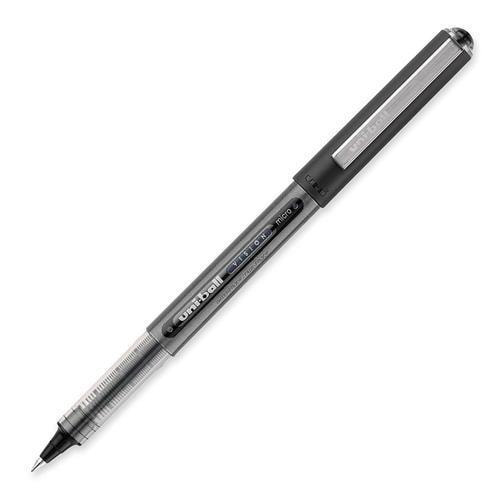
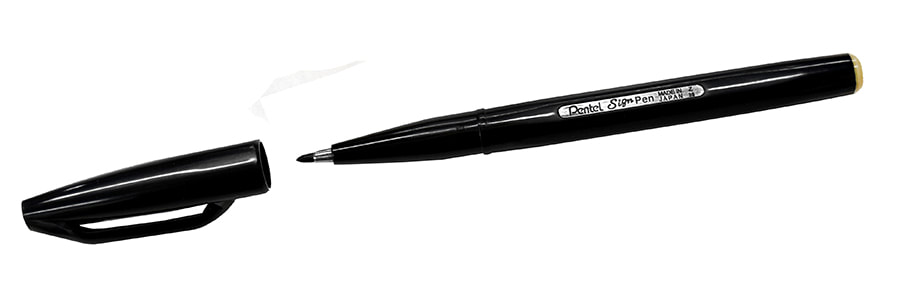
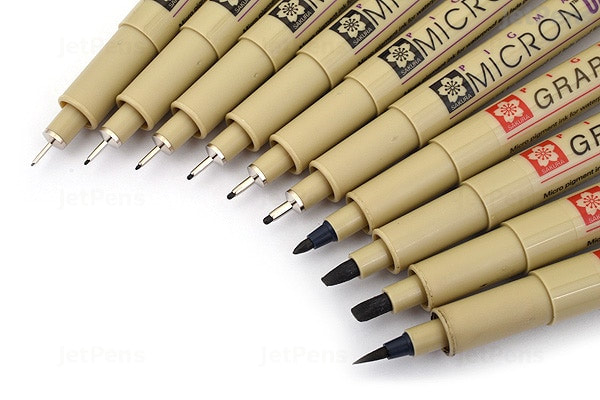

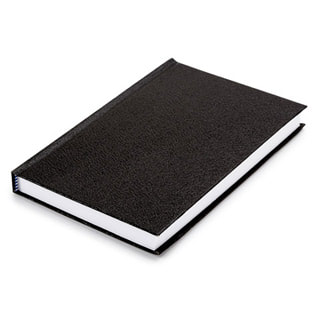


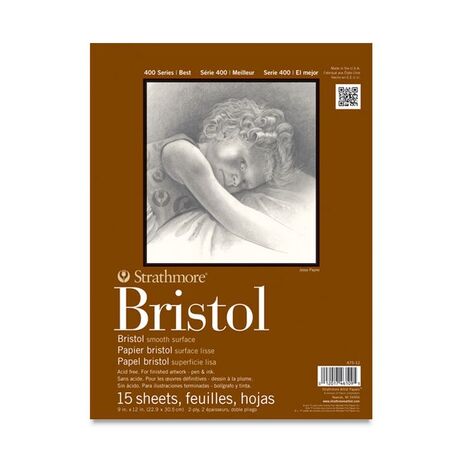


 RSS Feed
RSS Feed